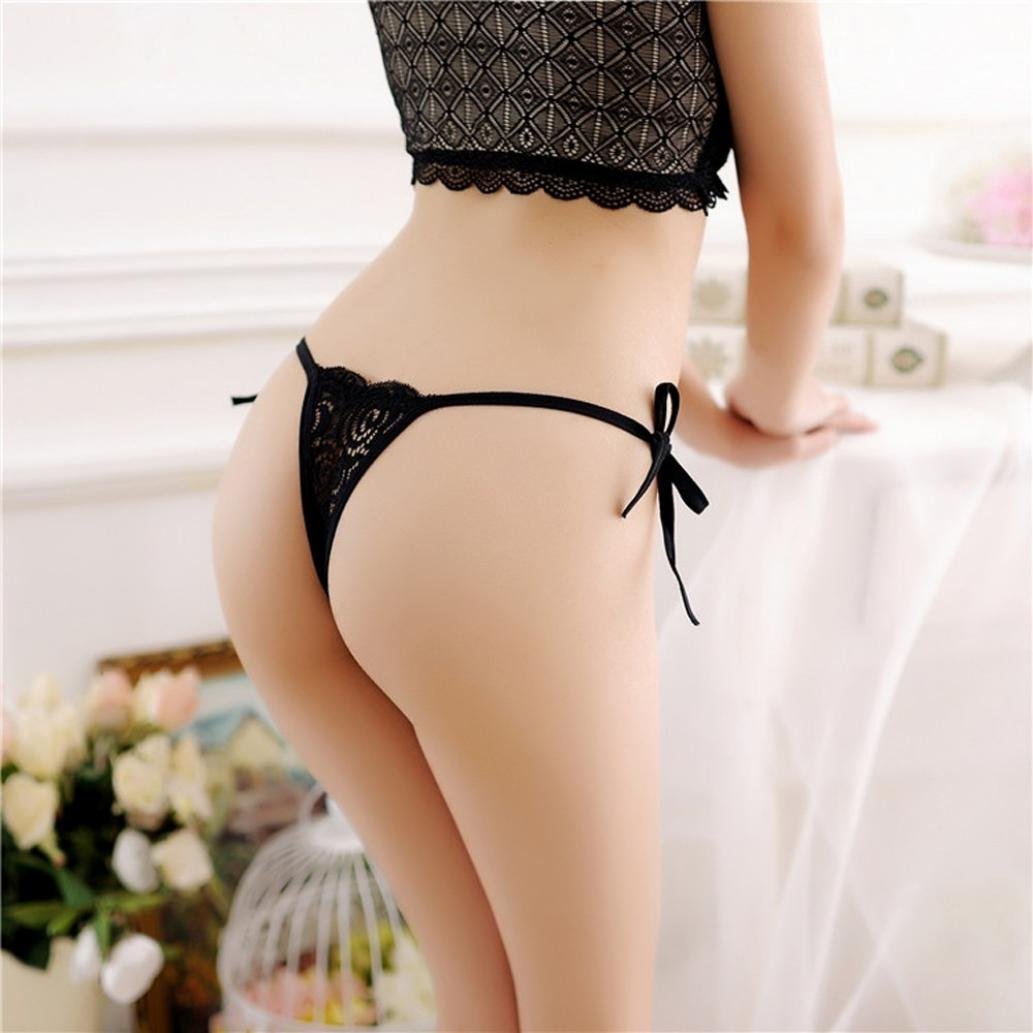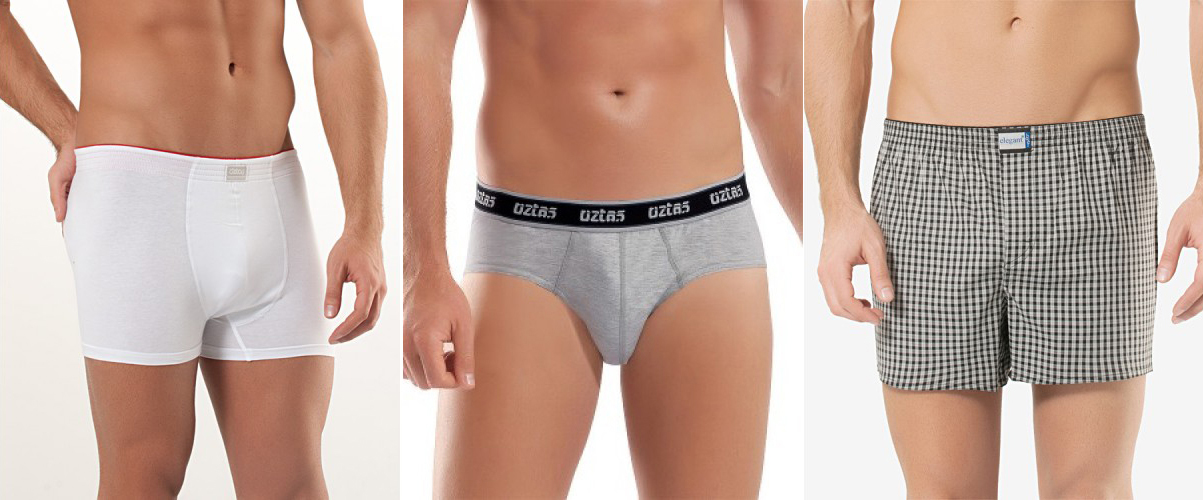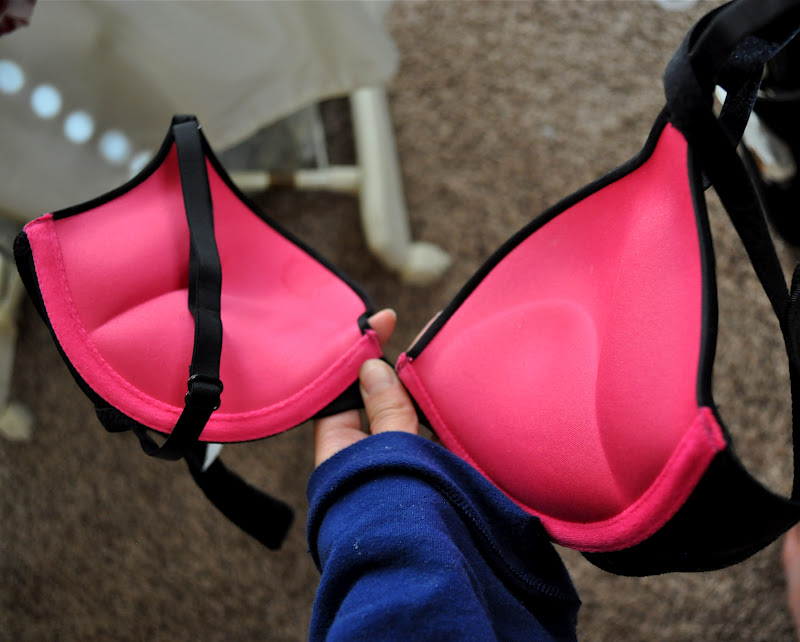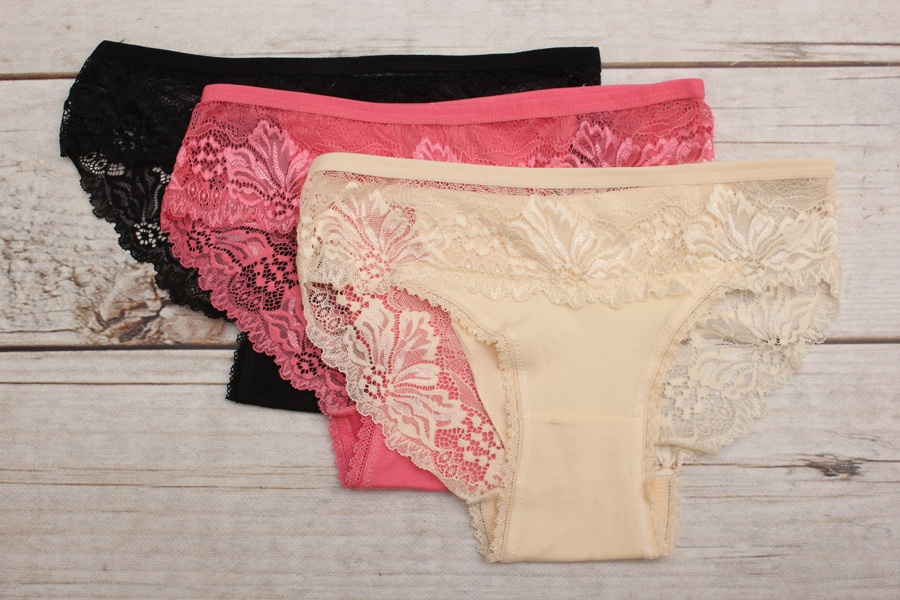A woman's wardrobe should have a lot of clothes. And underwear is no exception. Of the general variety of models, thongs for girls cause the most controversy. Do they pose a health hazard, what clothes are best to wear them under, how to choose the right one - this is far from a complete list of questions that worry women.
What are they?
Thongs are small panties that consist of one or two triangles and a narrow connecting strip on the hips. The main feature is the maximum opening of the buttocks, the front part looks like a bikini. And although modern girls wear these panties with pleasure and know a lot about thongs, fashionistas are unlikely to guess who invented such a thing. It is believed that tanga originates from an ancient item of men's clothing - a loincloth. It was assigned the function of hiding male genitals.
There is a popular version of the first appearance of open panties. According to it, a high-ranking American official, while visiting a strip club, found girls dancing completely naked. This greatly outraged him, and the result was an urgent recommendation to cover women's intimate parts with at least some semblance of underwear.
In their modern form, panties have become especially popular as an element of a swimsuit or a detail of a revealing erotic set. Women should wear thongs under tight clothes. They will also suit jeans and low-waisted trousers. For light-colored outfits, such underwear is simply irreplaceable.
Thongs can be part of a swimsuit. Such models can often be found on beaches. Their popularity can be easily explained by the desire to get an attractive, even tan.
Myths and truth about the harm of the product to women's health
Since the small panties became popular, there have been many conjectures around them, and the question of why wearing thongs is harmful is often discussed. Some common opinions:
- High risk of developing thrush, infection. This myth is only partially true. Provided that personal hygiene rules are observed and underwear is changed in a timely manner, the probability of gynecological problems is extremely low. Other types of panties can also be a source of infection, provided that the woman does not shower regularly.
- Uncomfortable to wear. The statement is true only for low-quality products and incorrectly selected models. Underwear made of natural materials, selected taking into account the volume of the hips and other parameters, does not cause any discomfort. Thongs do not harm even women with sensitive skin, provided this rule is followed.
When wearing thongs for a long time, microcracks may form on delicate areas in intimate zones. Due to the impossibility of timely use of hygiene products, the fabric is constantly moistened, which increases the risk of developing an inflammatory process. Hence one of the rules for wearing thongs: you cannot wear them for more than 2-3 hours. If possible, underwear should be changed to dry.
Small panties cannot be worn every day. It is better to alternate them with other models. This is especially important for the summer. In winter, it is advisable to completely avoid wearing thongs to avoid hypothermia.
Direct contraindications are pregnancy and menstruation. Thongs are harmful to health in case of chronic inflammatory processes, history of hemorrhoids.



Varieties
To answer the question of what a thong is, you should look at the models produced by modern manufacturers and understand their diversity. The textile industry today offers women several options for thongs:
- T-models. The front part is formed by a woven triangle, the back part is made of straps or laces that cross at the tailbone. Gynecologists warn: long-term wearing of such a model can lead to inflammation, development of fungal and infectious diseases.
- G-styles. Consist of two triangles of different sizes. They are connected with a ribbon. This option is most often chosen by girls as underwear under skirts, low-waisted trousers.
- V-strings. These are the opposite of T-strings. They have a triangle at the back and connected straps at the front that form a tick, similar to the Latin letter "V".
- C-models or invisible thongs. They do not have any straps, and the underwear is held on the body by silicone inserts. They are worn under very tight or revealing outfits. It is important to remember that sweating reduces the tightness of the fit. The fasteners, if the model is chosen incorrectly, can rub a lot.
- Brazilian or Cheeky. Covers the buttocks almost halfway. Another feature is a wide or narrow elastic band, with the help of which the panties are held at the waist. The model is recommended for girls for everyday wear.
- Maebari or Japanese loincloth. Unlike the C-string, there is no rigid frame. The common feature is the absence of any woven crossbars.
When choosing one model or another, you should always remember the harm of thongs. It is optimal to have several options that are suitable for specific tasks. The "Brazilian" products will be a kind of compromise.


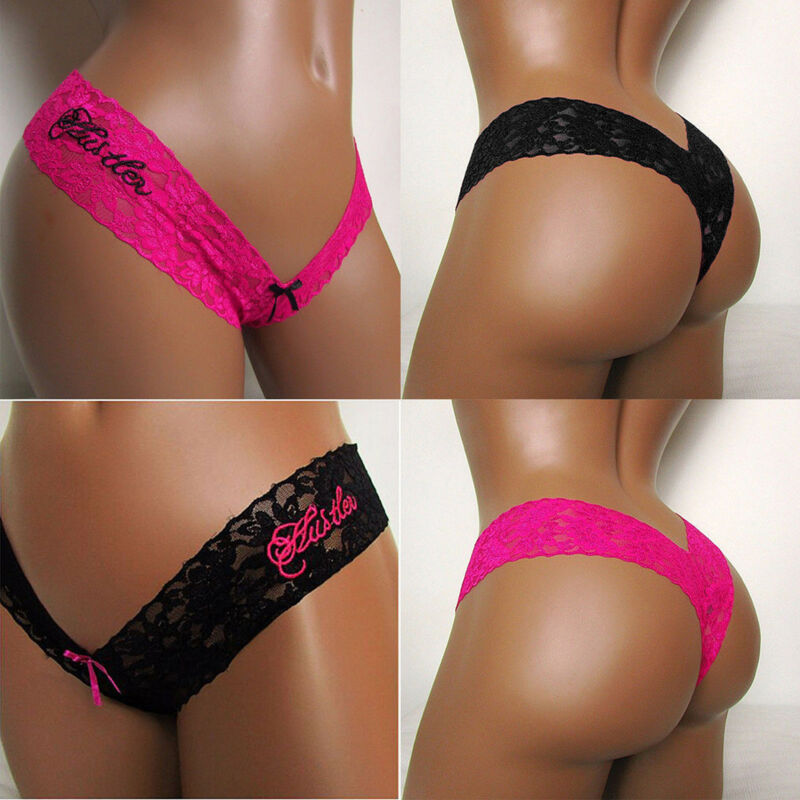



Materials and design
The following materials are used to make underwear, including thongs for women:
- Natural. These include cotton and silk. To improve consumer qualities, lycra can be added to products. Fabrics absorb moisture well, allow air to pass through, and do not irritate the skin. Such items are recommended for long-term wear. Silk and cotton thongs are considered the safest. They are needed by those who value beauty and health.
- Synthetic. Such materials are quite wear-resistant, products made from them stretch well. If the fibers are of low quality, they can cause allergic reactions, which is what makes them dangerous.
| Name of the material | Pros | Cons |
| Cotton | Durable, long lasting, easy to maintain. | Some items shrink after washing. |
| Viscose | Maintains its original shape, lets moisture and air through. Suitable even for the hottest days. Painted items do not lose their brightness. | Over time, the surface may become covered with pellets. When wet, items are damaged if handled carelessly. |
| Tactel, polyamide fiber | Durable, wear-resistant. The fabric does not accumulate static electricity | High cost. |
| Modal | Ecologically clean, does not contain impurities that can cause allergic reactions. Products retain their shape well. | Linen is expensive. |
| Polyamide | The products are durable and wear-resistant. | It is poorly breathable and loses its appearance due to sweat. |
| Polyester | Long service life. Dries quickly. | Hard to the touch, creates static electricity when worn. |
| Elastane | The products are elastic and resistant to damage. | Not resistant to high temperatures. |
The optimal material for thongs is cotton. It will not cause any unpleasant sensations or allergic reactions. Premium models are made of silk. This material is suitable for any time of year. Polyester is most often used for sewing swimsuits.
The design of panties is varied. Some products are simple and laconic, while others use various decorative elements. There are models of various colors, plain and with prints, openwork, with elastic mesh, microfiber trim, with elastic and ties, with double stripes on the waist, high and low, modest for every day and revealing with cutouts, translucent and dense. Seamless circular knitting models are very convenient.
For decoration, they use braid, lacing, bows, flounces, rhinestones, appliques and patches. Items with lace inserts look original. Such models should be chosen for loose outfits with a low waist.
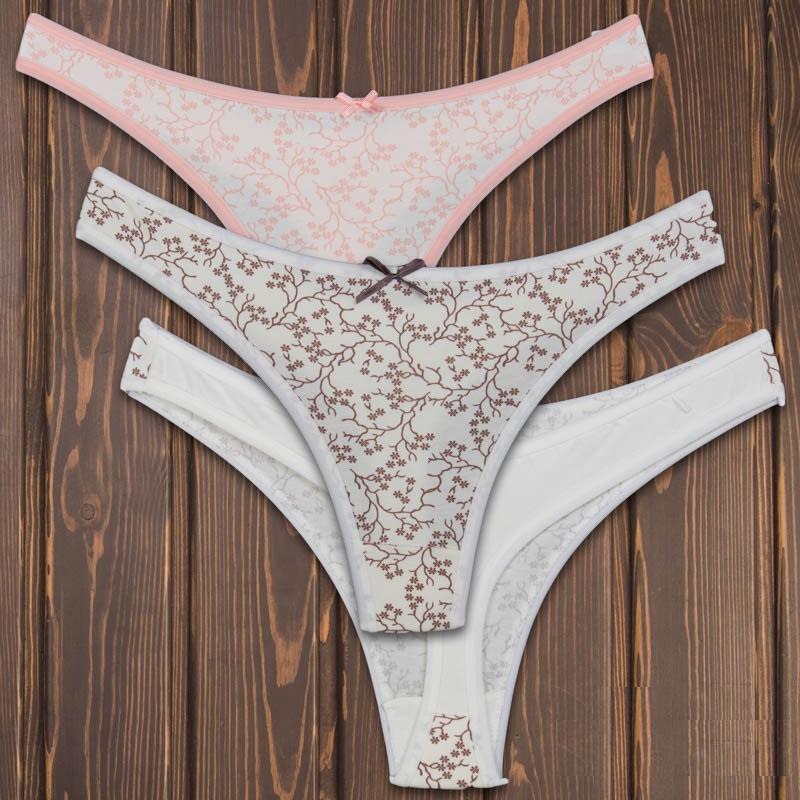
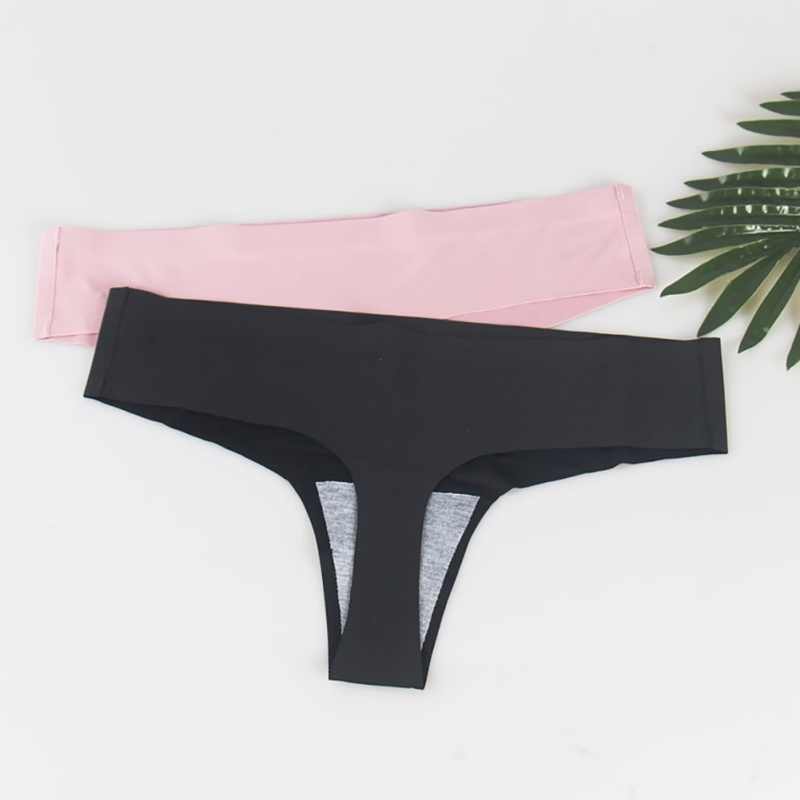
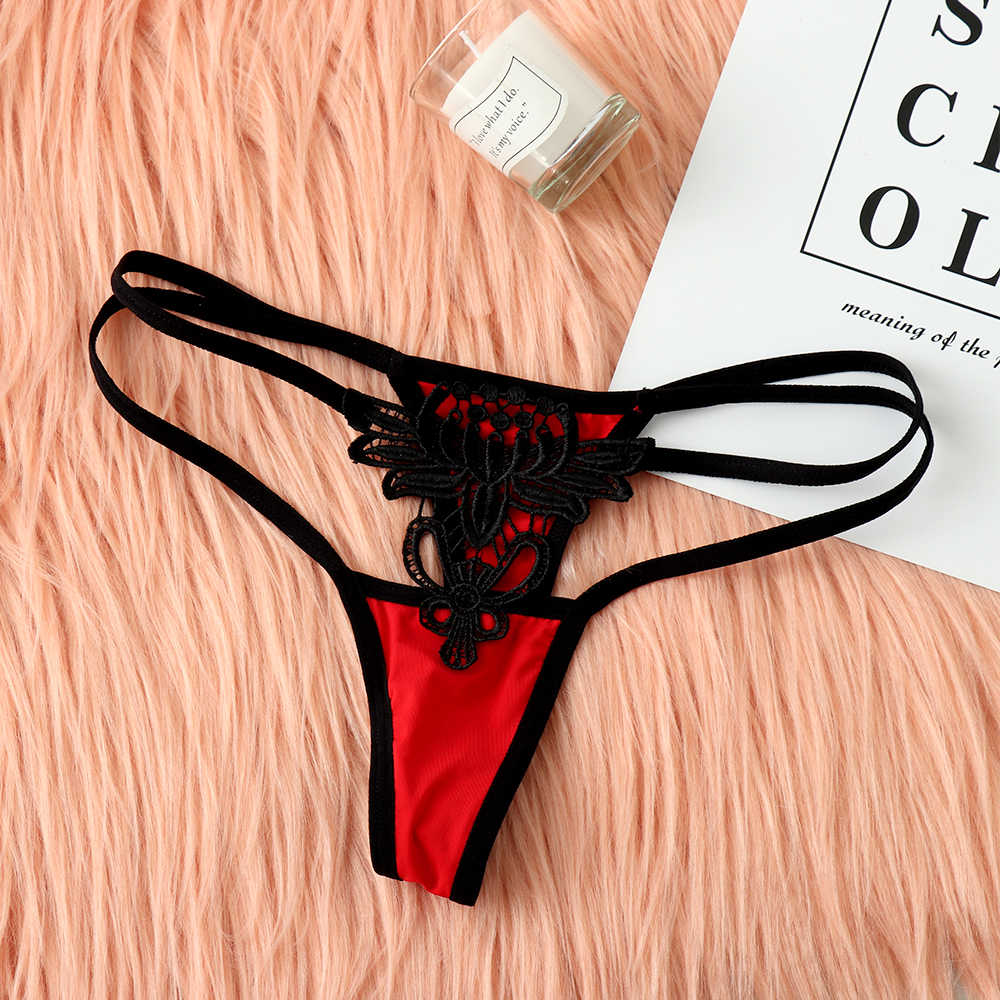

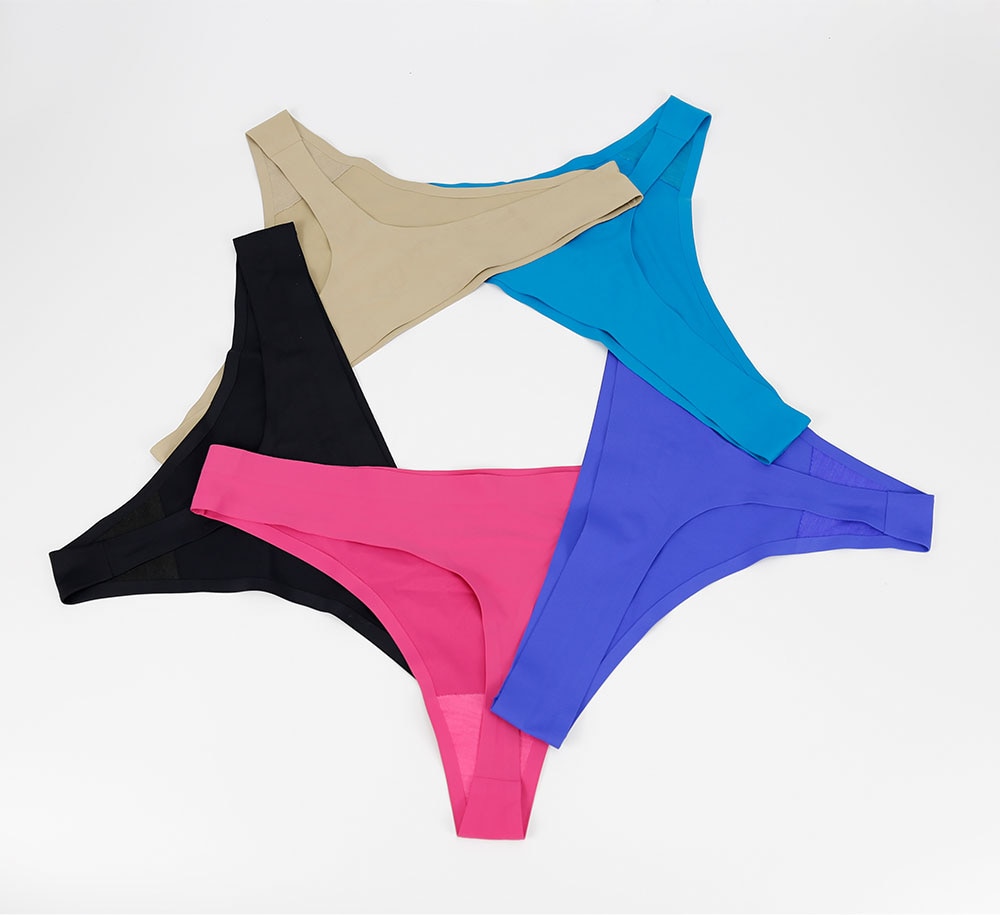
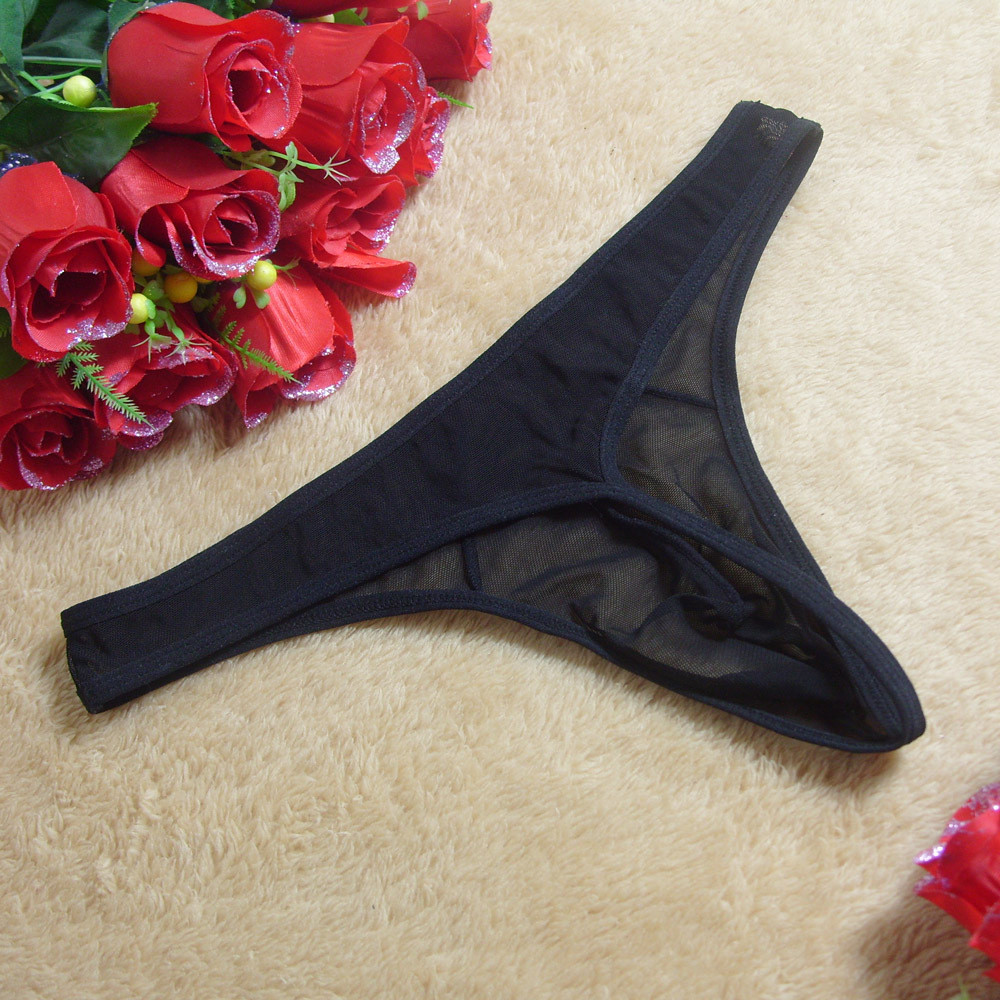
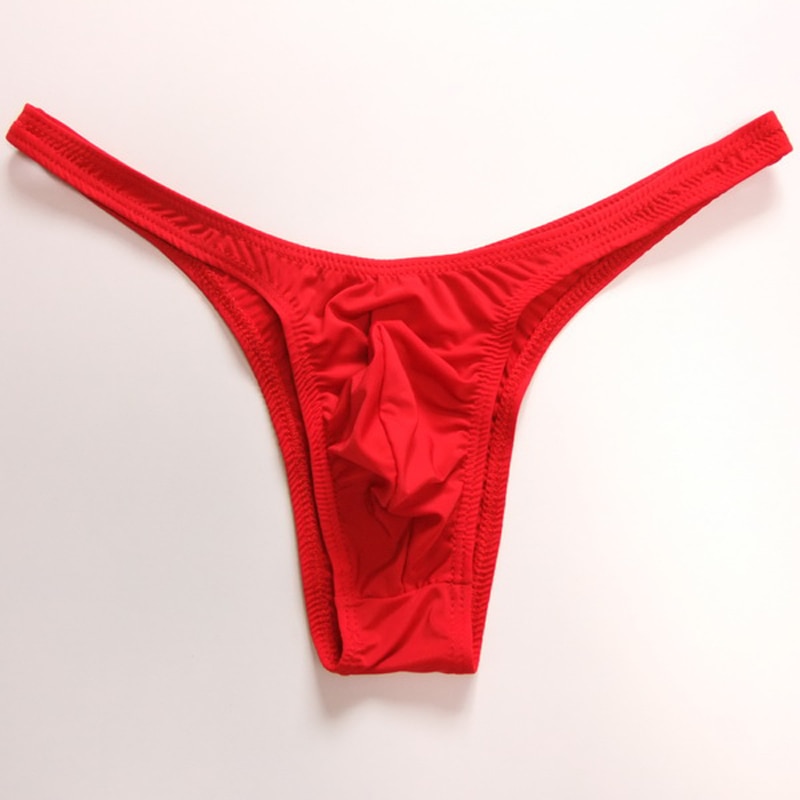
Helpful tips for choosing
Before purchasing an open model of panties, it would be a good idea to figure out which of them are the least harmful to women's health. Doctors and stylists agree that these are thong shorts. You can look attractive and seductive in them, and there is no threat to health.
The most unsafe thongs are those made of nylon. This material is a favorable environment for pathogenic microbes. Constantly wearing underwear made of synthetic fabric can cause the development of diseases of the bladder, colon and rectum.
Thongs should be chosen to match the clothes that are worn most often. For example, lace models and tight-fitting outfits should not be combined at all. In this case, it is better to give preference to cotton products with a high waist.
In order for underwear not to cause discomfort, it is important to be able to choose the right size. For the most correct choice, measure the hip circumference (HC) and waist (WC). In the first case, the tailor's tape measure runs along the protruding points of the buttocks. In the second - along the narrowest part of the abdominal area. It is better to make an increase of several centimeters. In general, this item of women's wardrobe is taken one or even two sizes larger. In this case, the question of how to wear thongs so that they do not press or rub will not arise.
Women's underwear comes in the following sizes:
- S: OT 66–70, OB 92–96;
- M: OT 70-74, OB 96-100;
- L: OT 74–78, OB 100–104;
- XL: 78–82, 104–108.
When choosing, it is important to take into account not only personal parameters. The material from which the product is sewn is also important. Some fabrics stretch or, on the contrary, shrink.
Thongs are a common type of women's underwear. Knowing how to wear and choose them correctly, it is easy to avoid health problems. After all, in some cases, small panties are simply irreplaceable.
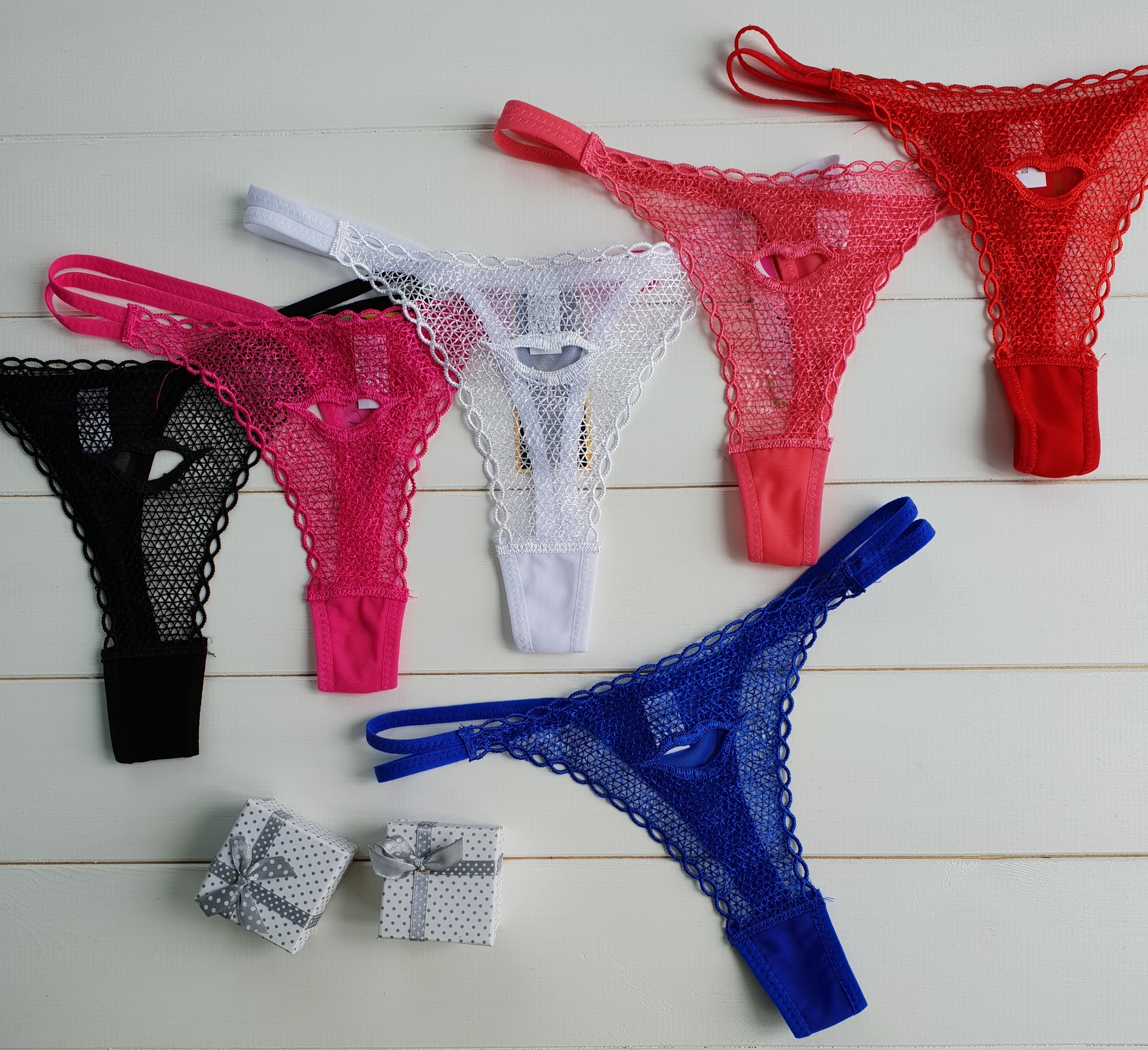
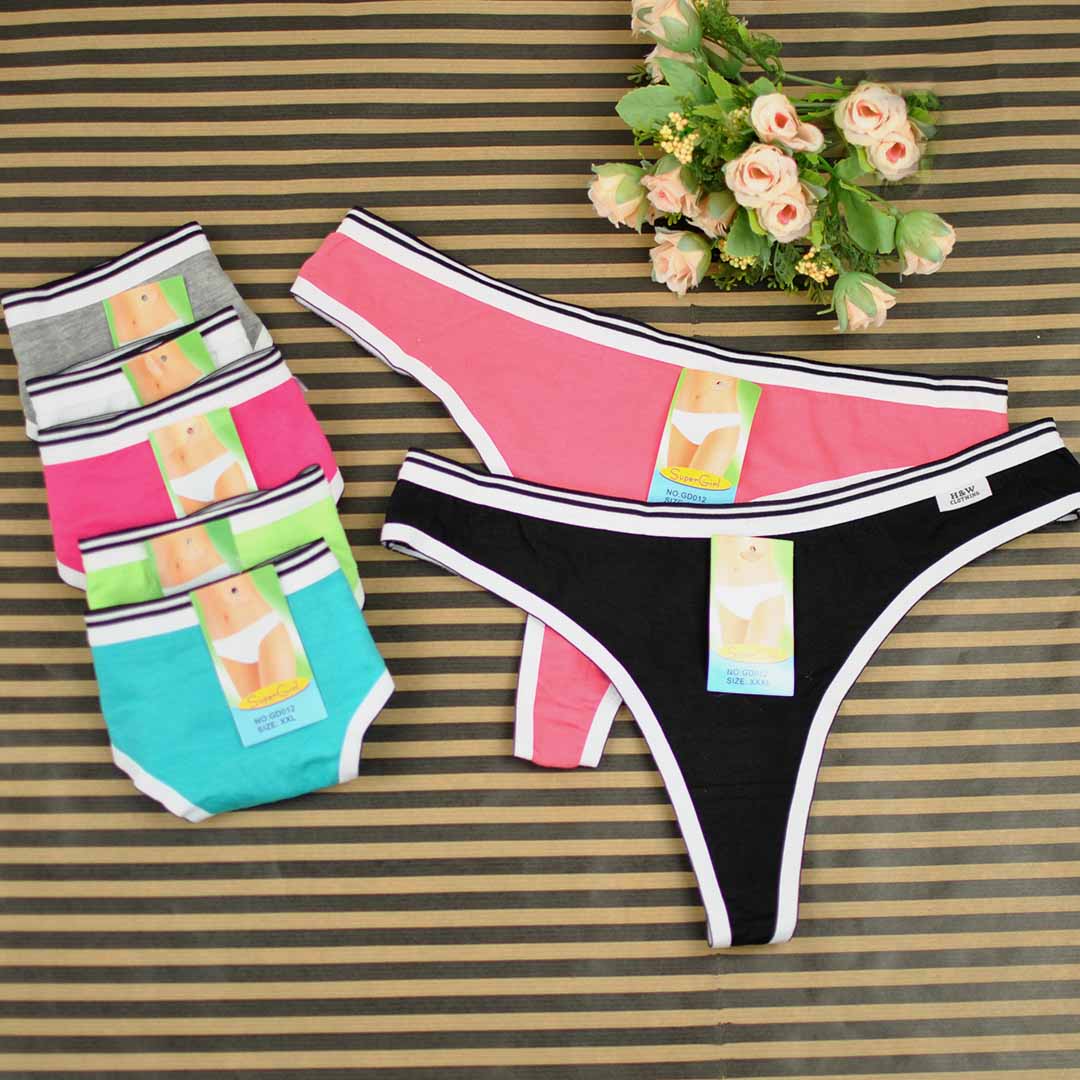
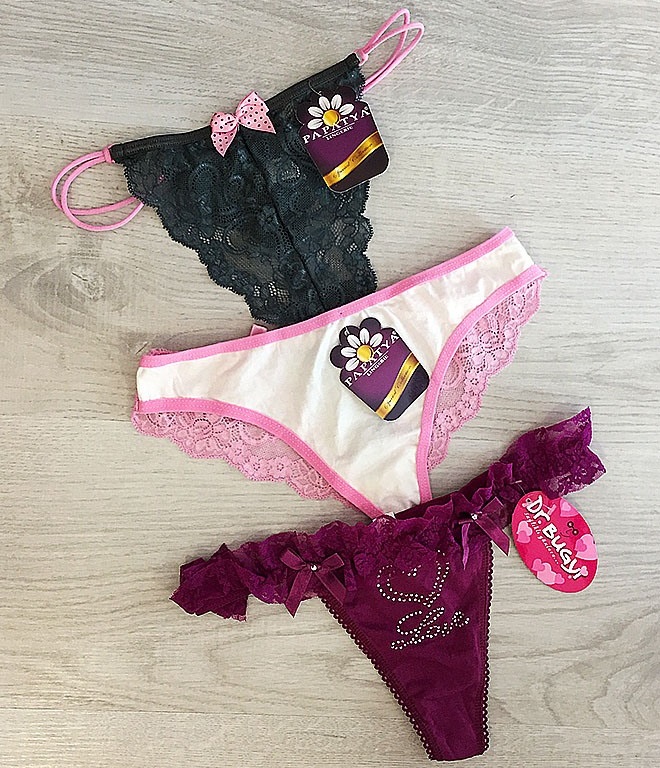
Video





